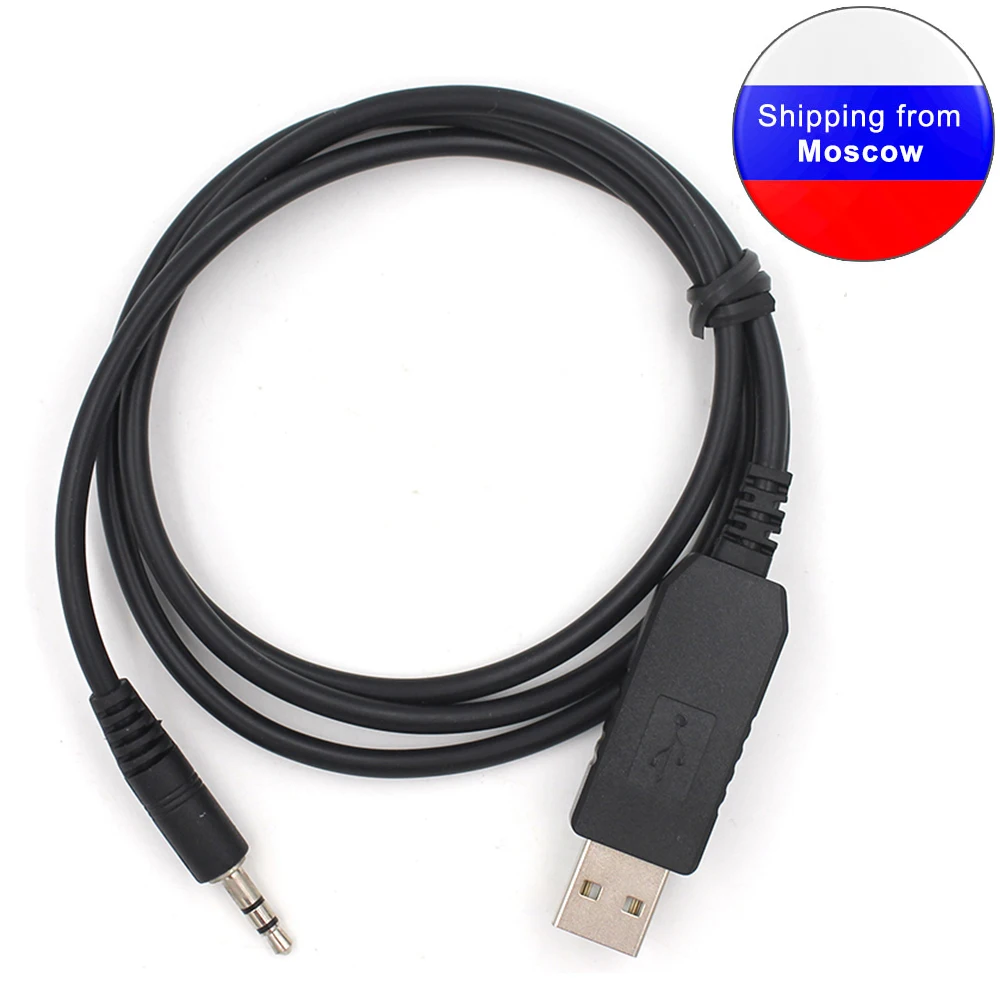

A 25-watt single band 220 Mhz mobile, monochrome screen, nothing super fancy.

Not much for 220 rigs at all, however Alinco, a relatively trusted name, does make the DR-235TMKIII. To start with, I took a look at what was available for radios. The spoiler alert is that I was able to fully outfit a mobile 220 and antenna for under $200 and so far, I’m pretty happy with it. Perhaps it’s time to make 220 great again, at least while we still have it.Īt home, my shack’s only ability to use 220 MHz was a chinese-made portable so as a bit of a project, I set out to create more of a base-station style setup and start using 220 a bit more. Dead bands like this are ripe prey for commercial enterprise looking to buy up areas of the spectrum. It’s nice if you want a place to hang out and seldom be disturbed, possibly as close as you can come to privacy. But the MRARC club has a 220 repeater that seldom hears a peep. Manufacturers just don’t make it because the rest of the world can’t talk on this band so there’s not enough demand. Even the newest greatest Icom 7900 that costs as much as a small car and does everything from VHF to UHF to 1.2 GHz does not have 220.

Few manufacturers even make a radio that transmits on this band anymore. It’s generally overshadowed by the popular 2 meter (144 MHz) and 70 cm (440 MHz) bands. Also called the 1.25 meter band (or the 135 cm band), this band is seldom used in most places across North America, including locally. It’s no secret that the 220 MHz portion of the amateur bands is seldom used. Here’s a bit of a review of a new and fairly great little radio as well as a fun, easy project.


 0 kommentar(er)
0 kommentar(er)
